SINGAPUR Victoria Theatre
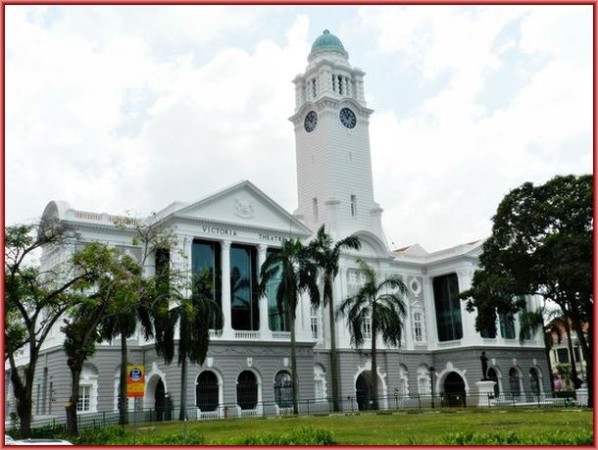
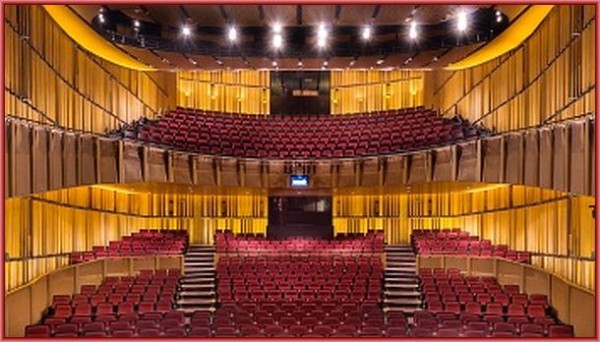

yoursingapore.com
The Richard Wagner Association of Singapore presented
DER FLIEGENDE HOLLÄNDER
Besuchte Vorstellungen: 23.und 27.10.2016
Premiere am 23.10.16
Vor etwa zwei Jahren hatten Juliana Lim, die Präsidentin des noch sehr jungen Richard Wagnerverbandes Singapur, sowie ihr Vize-Präsident Ronald Ling eine großartige, zunächst abenteuerlich anmutende Idee, als erste Wagneroper überhaupt in der Geschichte Singapurs den „Fliegenden Holländer“ aufzuführen. Dies geschah in enger Zusammenarbeit mit der lokalen OperaViva Ltd. Das Goethe-Institut Singapur hat das Projekt signifikant gesponsert. So erlebte dieses Frühwerk des Komponisten nun seine Erstaufführung in Singapur. Juliana Lim und Ronald Ling hatten ein ganz besonderes Interesse, die gesamte Produktion mit einem nationalen Regieteam zu machen. Das ist sehr gut gelungen. Sie konnten ein exzellentes und zudem sehr junges „Creative Team“ für das Vorhaben unter der musikalischen Leitung von Darrell Ang gewinnen. Dieser studierte in St. Petersburg und Yale und gewann eine Reihe bedeutender internationaler Preise.
Man wählte in Singapur ganz bewusst ein asiatisches, also ein interkulturelles Regiekonzept für die Interpretation des „Fliegenden Holländer“. Dabei konnte man mit den Bildern, der Choreographie und dem Lichtdesign einmal mehr dokumentieren, wie vielfältig und dabei überzeugend eine Wagneroper inszeniert werden kann. Eine dramaturgisch bedeutende Rolle spielen dabei die von Puppen auf eine Leinwand im Hintergrund geworfenen Schatten, denen eine wichtige Rolle in der Kommentierung des Geschehens auf der Bühne zufällt. So erlebt man beispielweise die gesamte Vorgeschichte des vom Teufel über den Holländer verhängten Fluches während der Ouvertüre in bewegten Bildern einer stürmischen See in Form dieser Scherenschnitte.
Das folgte schlüssig der Idee des Gesamtkunstwerks und kann wohl als Innovation des Singapurer Regiekonzepts bezeichnet werden. Die farbenprächtigen und opulenten Kostüme sind asiatischen Kulturkreisen entliehen. Eine atmosphärisch stets das Geschehen treffend untermalende Lichtregie arbeitet mit hohem Abstraktionsgrad auf der Projektionsfläche, die in anderen Momenten auch die Scherenschnitte zeigt. Trotz aller visueller Abstraktion sehen wir aber auch ein gespenstisch anmutendes Holländer-Schiff, das wirkungsvoll in den relevanten Szenen hereingefahren wird. Damit spricht das Regieteam also auch konkret den Mythos des Geisterschiffes an. Es ist hervorzuheben, dass diese Interpretation des „Holländer“ trotz ihres asiatischen Charakters zu jedem Zeitpunkt der Werkaussage und in einem weiteren Sinne den Regieanweisungen Richard Wagners folgt.
Die vier bedeutendsten Rollen sind mit internationalen Sängern und einer Sängerin für die Senta besetzt. Zwei von Ihnen (Holländer und Senta) gingen als Preisträger aus dem Internationalen von Eva Wagner-Pasquier geleiteten Gesangswettbewerb in Karlsruhe 2012 und 2015 hervor. Sie war als Ehrengast ebenso wie der Präsident des Richard Wagner-Verbandes International, Horst Eggers, bei der Premiere zugegen.
Oleksandre Pushniak gibt einen guten Holländer, Kathleen Parker eine erstklassige Senta, und der Bayreuth-erfahrene Andreas Hörl einen großartigen Daland, alle auch mit sehr guten darstellerischen Qualitäten. Jakub Pustina ist als Erik darstellerisch ebenfalls überzeugend, fällt aber gesanglich etwas ab. Exzellent singt der Singapurer Tenor Jonathan Tay den Steuermann, und auch die Mary von Candice de Rosario kann sich in dem guten Ensemble behaupten. Die Chöre sind facettenreich choreographiert und singen stimmstark. Es wird in der Originalsprache gesungen.
Darrell Ang leitet das Orchester des Singapurer Internationalen Musikfestivals mit viel Verve und Kompetenz und geht sehr gut auf die Sänger ein. Das Orchester ist in seiner Besetzung etwas reduziert, was aber in gutem akustischem Einklang mit dem relativ kleinen Saal des Victoria-Theaters steht. Es werden bis 30. Oktober insgesamt fünf Vorstellungen gegeben. Am 27. Oktober gibt es eine Aufführung mit ausschließlich nationalen Sängern und Sängerinnen, die man damit an größere Rollen des Opernrepertoires heranführen will.
Klaus Billand 30.10.16
(Bilder siehe unten)
International:
Around two years ago, Juliana Lim, president of the very young Richard Wagner Association (Singapore), and the Association’s vice president, Ronald Ling, had a great idea - to stage The Flying Dutchman as the first Wagnerian opera in the history of Singapore. The First Night took place in the VICTORIA THEATRE on 23 October. The organizers, who got significant support from local and international sponsors, including the German Goethe Institute, took a very particular interest in realising the entire production based on national and Asian production talents. This was very convincingly done. They were able to bring together an excellent and young “creative team” under the musical direction of Darrell Ang, who studied in St. Petersburg and Yale and won a number of important international awards. The other members of the creative team were Chong Tze Chien and Glen Goei as stage directors, and Albert Tay as chorus master.
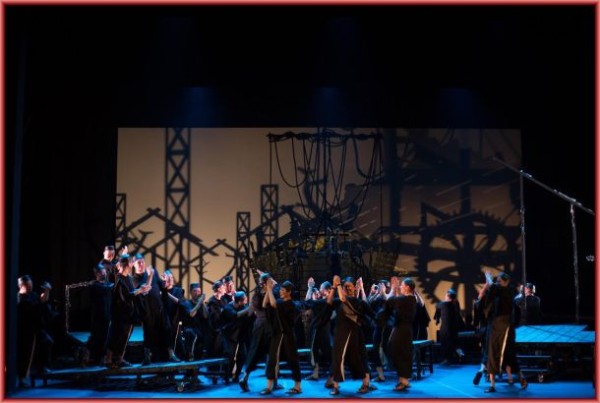
In line with the focus on national and Asian production talents, the Singapore team purposely chose an even wider intercultural directing concept, with an Asian focus. Through the use of images with a very associative character, the choreography and the abstract lighting design, the diverse and convincing ways a Wagnerian opera can be staged were once more well demonstrated. The shadows of puppets cast on canvas in the background play a major dramaturgical role. They fulfill an important function in commenting on the story line. Thus, for example, the entire prehistory of the curse imposed by the Devil on the Dutchman is conveyed by the shadow puppets during the overture.
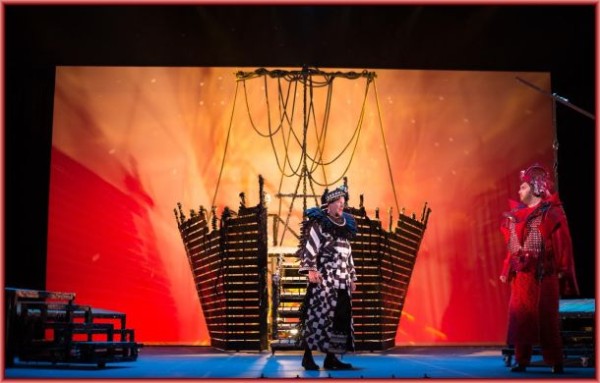
The audience experiences the stormy sea in the form of these silhouettes. This technique brilliantly embraces Wagner’s idea of the total work of art and is certainly an innovation of the Singaporean directing concept. The colorful and partly opulent costumes are derived from Asian cultures. In spite of all the visual abstraction, the ghostly-looking ship of the Dutchman is moved manually on stage as required by the flow of the story. With this ship construct, the creative team addresses impressively the myth of the ghosts.
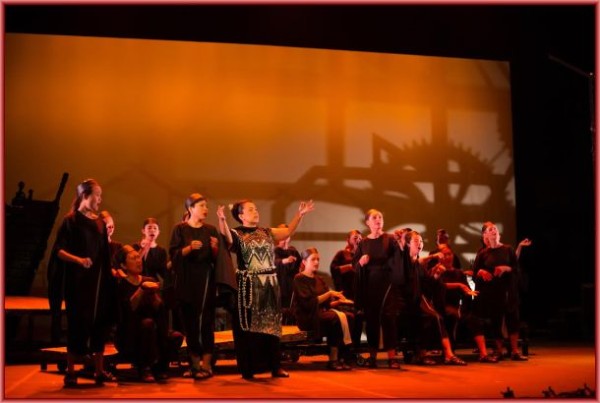
The four lead roles are cast with international singers. Two of them (The Dutchman and Senta) were prizewinners in the international singing competition in Karlsruhe in 2012 and 2015. The Ukrainian Oleksandr Pushniak is a desperate and convincing Dutchman, the Australian Kathleen Parker a first-rate Senta, and the Bayreuth-experienced German Andreas Hörl a sovereign Daland, all with very good performing qualities. The Czech Jakub Pustina as Erik shows good acting but comes a bit short in the singing. The Singaporean tenor Jonathan Tay sings an excellent and very lyrical steersman, and Candice de Rozario as Mary can claim to be a good fit for the ensemble. The choirs are choreographed in a multi-faceted manner and sing with strong voices. Singing is in the original language.
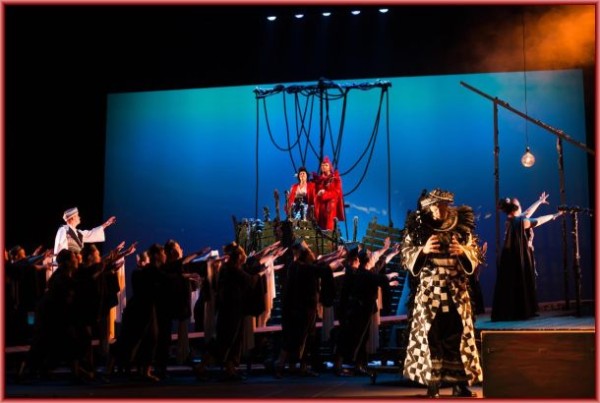
In the third of five performances also the four lead roles were cast with Asian singers, mainly from Singapore, one from Taiwan. They all proved to be very good in singing and excellent in a very emphatic acting. The Dutchman, Martin Ng; Senta, Nancy Yuen; Daland, Julian Lo; and Erik, Kee Loi Seng. All of them already have a good record in Asia.
Darrell Ang is the conductor of the Orchestra of the Singapore International Festival of Music. He leads the ensemble of mostly free lance musicians with remarkable competence and a lot of engagement and verve. In spite of the lacking experience with Wagner, the orchestra gave an impressive response.
Klaus Billand, 21.12.2016
Fotos ©: Ngiap Heng Tan